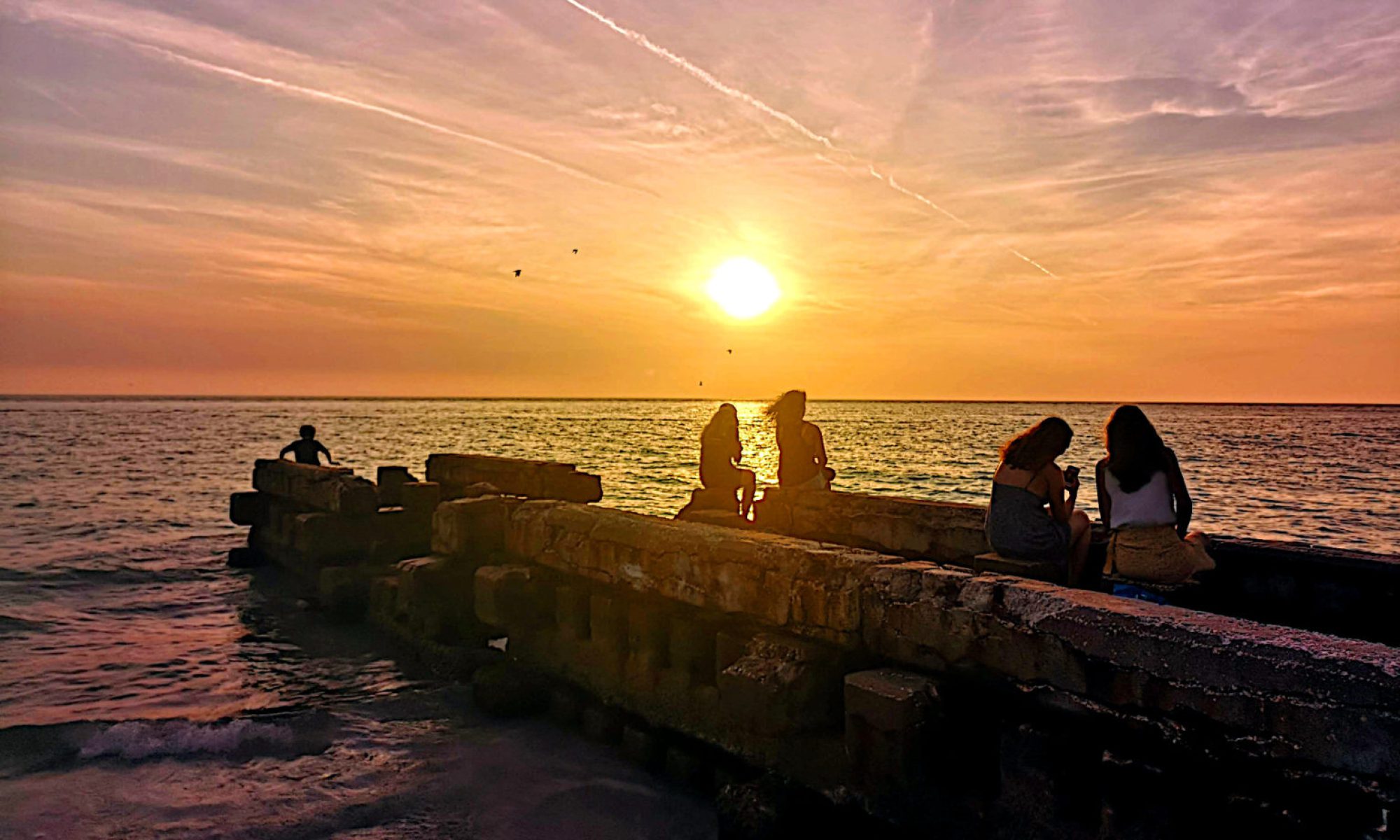Last September, Swiss cheesemaker Beat Wampfler and a team of researchers from the Bern University of Arts placed nine 22-pound wheels of Emmental cheese in individual wooden crates in Wampfler’s cheese cellar. Then, for the next six months each cheese was exposed to an endless, 24-hour loop of one song using a mini-transducer, which directed the sound waves directly into the cheese wheels. The “classical” cheese mellowed to the sounds of Mozart’s The Magic Flute. The “rock” cheese listened to Led Zeppelin’s “Stairway to Heaven.” An ambient cheese listened to Yello’s “Monolith,” the hip-hop cheese was exposed to A Tribe Called Quest’s “Jazz (We’ve Got).”
What it’s like to be the only person with a unique genetic condition
Beverly Gage writes about finding out she has a unique genetic disorder: “In early 2021, Dr. Michael Ombrello, an investigator at the National Institutes of Health, received a message from doctors at Yale about a patient with a novel genetic mutation—the first of its kind ever seen. A specialist in rare inflammatory and immune disorders, Ombrello was concerned by what first-round genetic tests showed: a disabling mutation in a gene, known as PLCG2, that’s thought to be crucial for proper immune functioning. It was hard to discern how the patient, a forty-eight-year-old woman, had survived for so long without serious infections. That’s how I ended up as a patient in his clinic.”

Why some people can’t tell left from right
While for some people, telling left from right is as easy as telling up from down, a significant minority – around one in six people, according to a recent study – struggle with the distinction. Even for those who believe they have no issues, distractions such as ambient noise, or having to answer unrelated questions, can get in the way of making the right choice. Left-right discrimination is actually quite a complex process, calling upon memory, language, visual and spatial processing, and mental rotation. In fact, researchers are only just beginning to get to the bottom of exactly what’s going on in our brains when we do it – and why it’s much easier for some people than others.
She bought the house her mother cleaned for 43 years
Out of all the houses her mother cleaned while she was growing up in Albuquerque, N.M., Nichol Naranjo fell in love with the one her mother cleaned on Fridays — a midcentury home built around an interior courtyard and decorated with European antiques. Ms. Naranjo would sit under a Thomasville desk in the library and imagine herself running a business, while her mother, Margaret Gaxiola, dusted the desk and polished it with lemon oil. She marveled at the spacious rooms, the fireplace mantel, the views out onto the courtyard with its abundant flowers and water fountain. “I could see her wandering room to room, just dreaming about everything in here,” Ms. Gaxiola said.
Bears were mysteriously missing toes. These scientists cracked the case
Clayton Lamb didn’t think much of the missing toe at first. The Canadian biologist was moving a snoozing bear with conservation officers in Fernie, a ski resort town tucked in the mountains of British Columbia. The team had tranquilized the animal to haul it away from a manicured lawn when Lamb saw it: A piece of its paw was gone. But while doing field work for his PhD at the University of Alberta, he later saw another bear without all its digits, in the province’s Elk Valley region. Then another. Then another. The sample size was small — four bears. But the pattern was unmistakable. Why were so many bears missing so many toes?
California’s vanishing hippie utopias
At one point in 1970, Table Mountain had over a hundred residents, some living in tipis, some in cabins, some crashing in the open air. Residents scavenged materials from an abandoned hotel in nearby Fort Bragg and chicken coops from a Jewish communist chicken farm a few hours’ drive south, in Petaluma. The living was primitive: There was no electricity or telephone lines, and the toilets were compostable. As with most similar back-to-the-land communities, most found the grind too hard going and the poverty too bleak. But a small number stuck it out for decades, long after the Summer of Love had dissipated, and a handful of them still live in communities scattered across Northern California.
Barnacle goslings have to leap hundreds of feet down a cliff
Note: This is a version of my personal newsletter, which I send out via Ghost, the open-source publishing platform. You can see other issues and sign up here.

Mentions